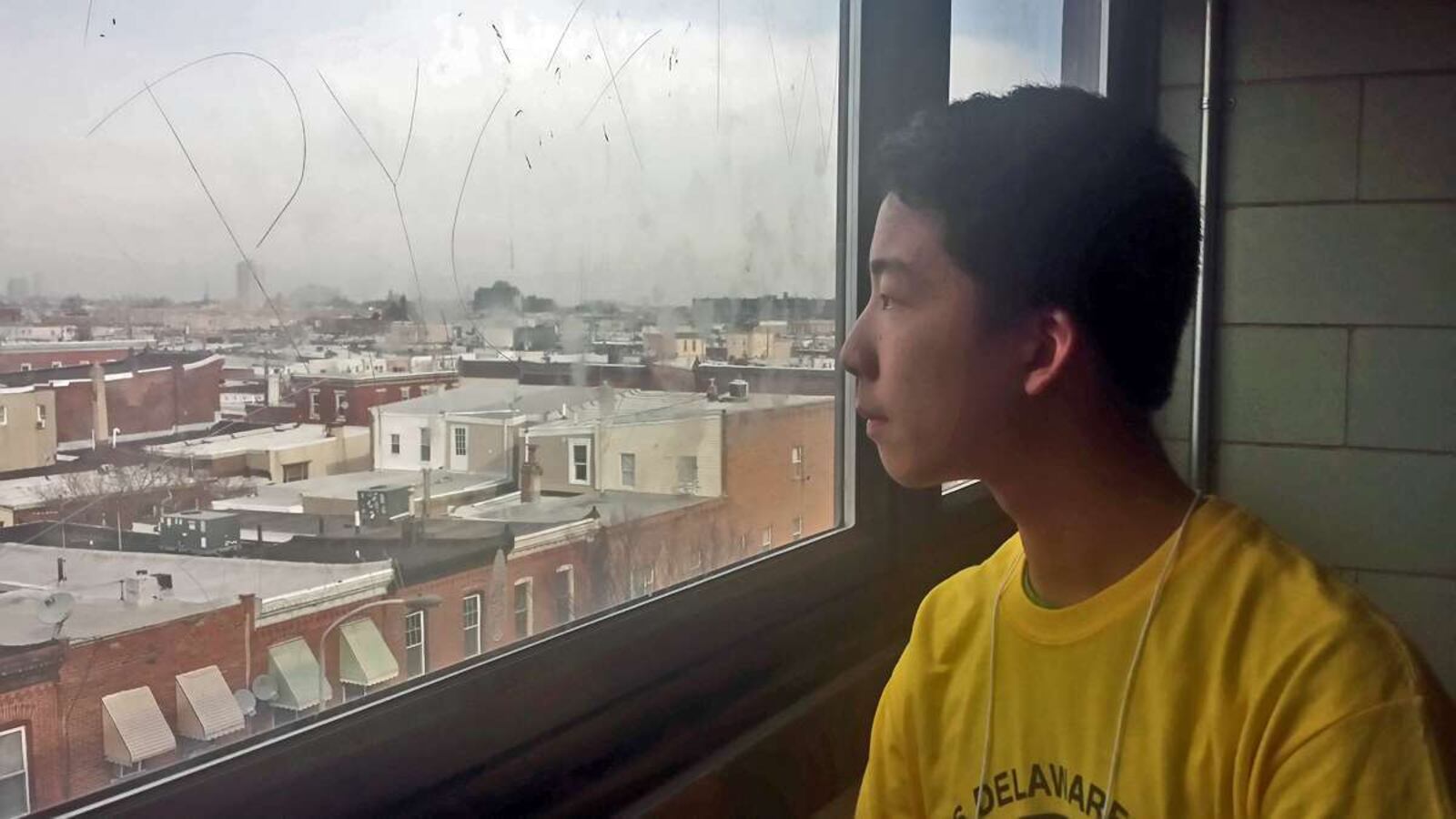This article was originally published in The Notebook. In August 2020, The Notebook became Chalkbeat Philadelphia.
Your browser does not support the audio tag.
Roars came from within the lion costumes. Drumlines marched. Young and old mixed over traditional food, music, and games.
For the second year running, Philadelphia’s Vietnamese community held its Lunar New Year celebration in the gymnasium at South Philadelphia High School.
It’s an event that many in South Philly’s Asian community would have thought impossible just five years ago.
Chief among them would be Duong Ly, who was a junior during what many consider the high school’s darkest period.
"I went to school every day, looking down, waiting for school to be over," he said, "waiting for the day I would graduate from the school, so I could just get out."
Ly says the school’s culture back then was one of "institutionalized violence."
"Anti-Asian, anti-immigrant sentiment, and violence happened pretty much on a regular, like daily basis," he said.
On Dec. 3, 2009, racial tensions at the school reached a fever point, as more than two dozen Asian students were attacked inside the building one day by a group of mostly African American students.
In some cases, kids were literally dragged out of classrooms.
A subsequent attack took place after school on Broad Street. In all, seven Asian students ended up in the hospital.
A federal report later charged that school leaders were "deliberately indifferent" to the violence perpetrated against the school’s Asian community.
But at the celebration Sunday, that once-marginalized community, Ly included, said that the school’s culture has been completely transformed.
‘Not about who beat whom’
Multiple voices say the changes at Southern are real and encouraging. They began with a stand taken by a few brave students, grew thanks to support from adults inside and outside the school, and have taken root thanks to a widely praised principal who decided to dig in.
But in the months and years leading up to that violent December day, a toxic school atmosphere steeped in the halls of the building.
Ly’s brother, a year older, was physically attacked twice, once punched in the back of the head without any provocation.
Bringing grievances to staff rarely yielded any results, Ly said, and often just added insult to injury.
"They went and talked to police, and they were told to write the whole report in English," he said. "There was no language support for them at all. If they couldn’t do it, then the police would just ignore them."
Even if victims did manage to write something, there would be no follow-up, no victim counseling, and often no consequences for perpetrators.
Former student Wei Chen, also long since graduated, said that some lunchroom staffers would publicly make fun of the accents of students with Asian ancestry.
"And when the other students saw it," he said, "of course they would feel, ‘Yeah, if those can do it, why can’t I do it?"’
The most dangerous areas in the building were the lunchroom and the two places out of sight of the security cameras: the basement and the bathrooms.
So, for most of Chen’s high school career, he didn’t eat lunch or go to the bathroom at school.
"Go to the bathroom before you go school. Go to bathroom after you go to school," he said. "That’s what happened to us."
Still, Chen says, he was attacked multiple times over the years.
Teachers who worked there at the time described a leadership culture of disorganization and poor communication that led to an "every man for himself" attitude.
Several factors made the situation even worse. The school’s Asian immigrant students were effectively segregated from the rest of the student body, because English language learners were clustered on the second floor of the hulking five-story building.

